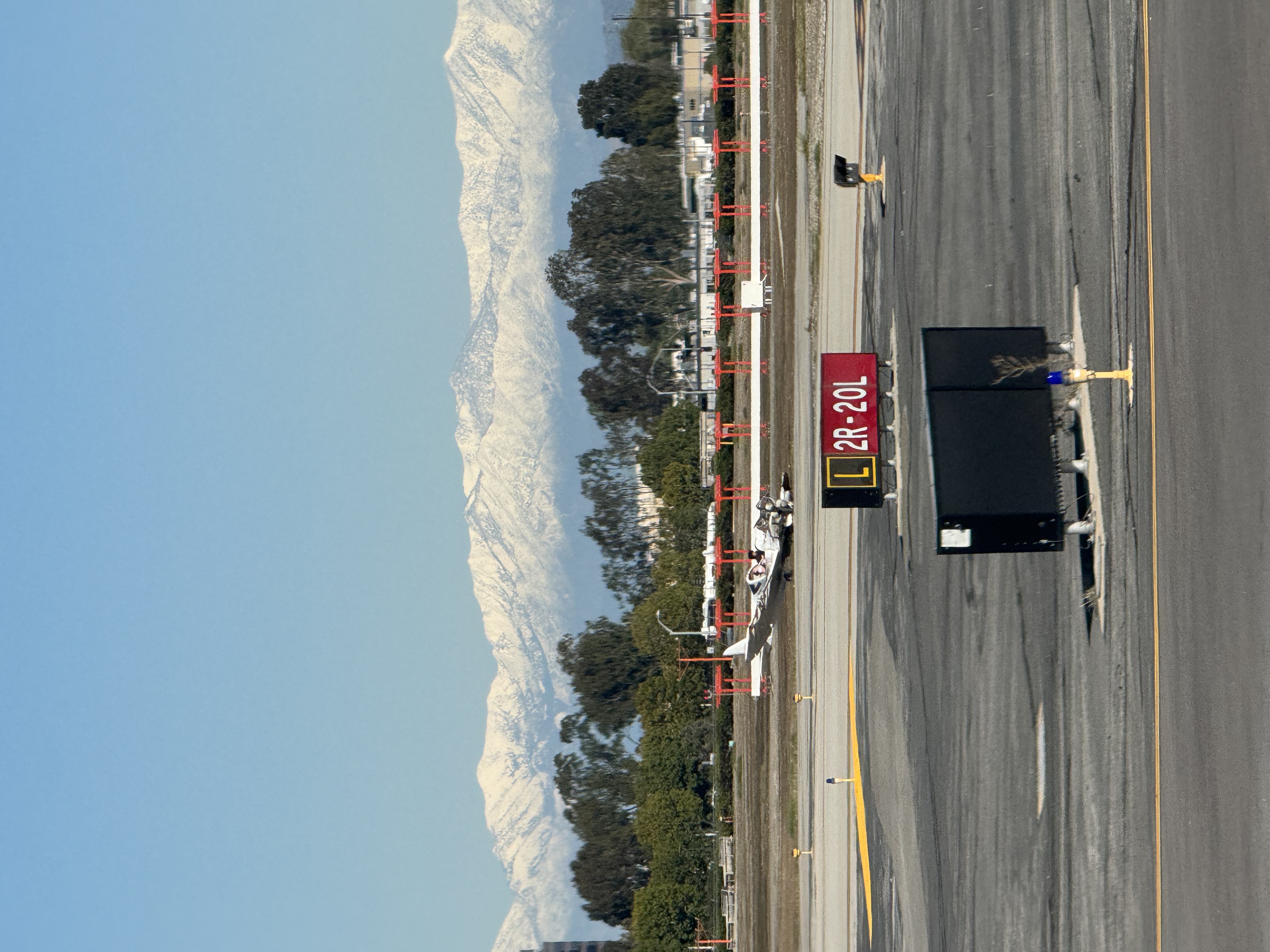AV8R_87
Pre-takeoff checklist
Smashed hard into the ground, but occupants survived. ADS-B trace has the 757 passing them as it lands on the upwind runway. Looks like the winds were light from the west at the time, could potentially push the vortices towards the LSA.
Any opinions from the controllers here?
Tracks here, start at 18:30z.
 globe.adsbexchange.com
globe.adsbexchange.com
 globe.adsbexchange.com
globe.adsbexchange.com

Any opinions from the controllers here?
Tracks here, start at 18:30z.
ADS-B Exchange - track aircraft live
ADS-B Exchange - track aircraft live - aircraft flight history
 globe.adsbexchange.com
globe.adsbexchange.com
ADS-B Exchange - track aircraft live
ADS-B Exchange - track aircraft live - aircraft flight history
 globe.adsbexchange.com
globe.adsbexchange.com

Accident Evektor EV-97 Harmony LSA N377YG,
On February 11, 2024, about 1035 Pacific standard time, an Evektor-Aerotechnik Harmony LSA, N377YG, was substantially damaged when it was involved in an accident near Santa Ana, Californi...
aviation-safety.net

